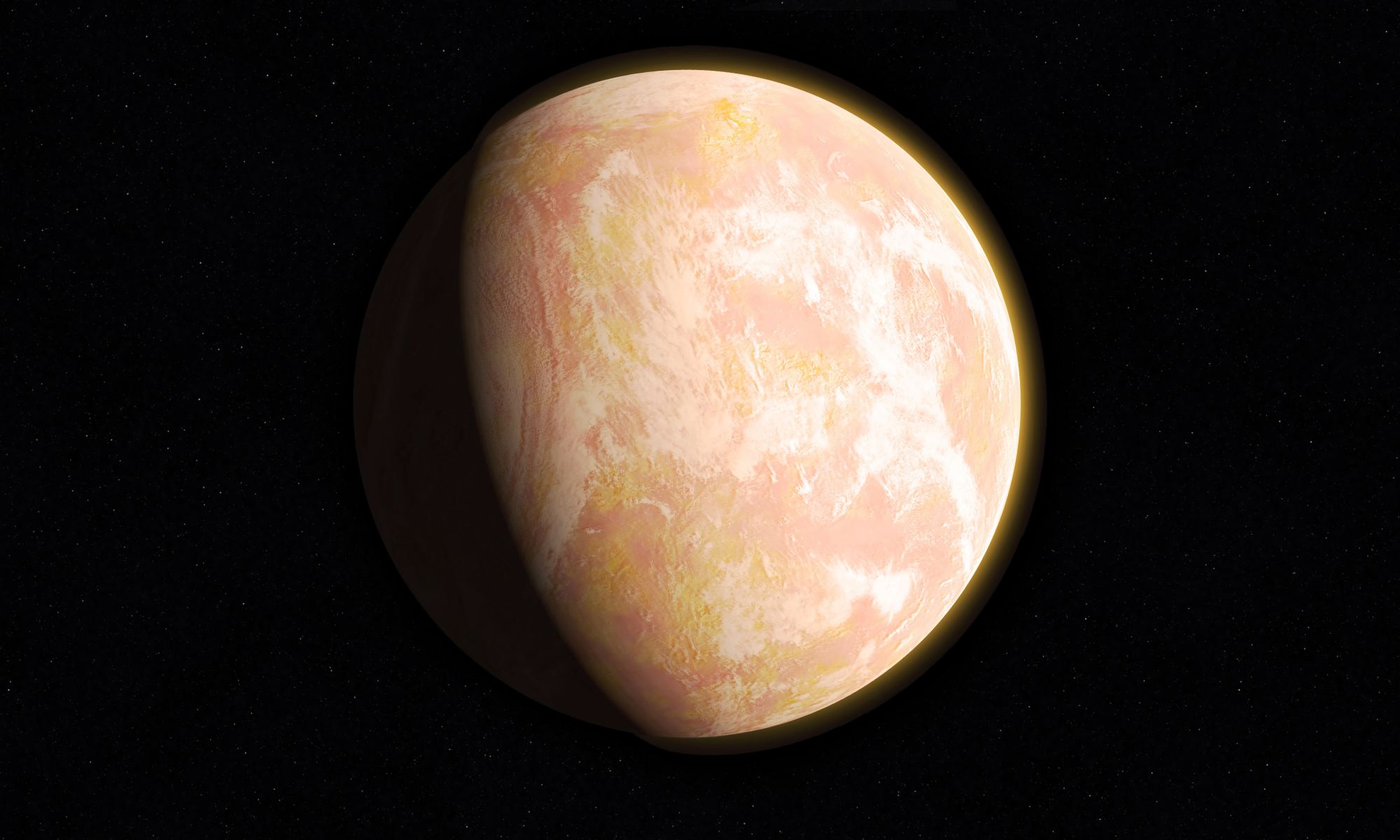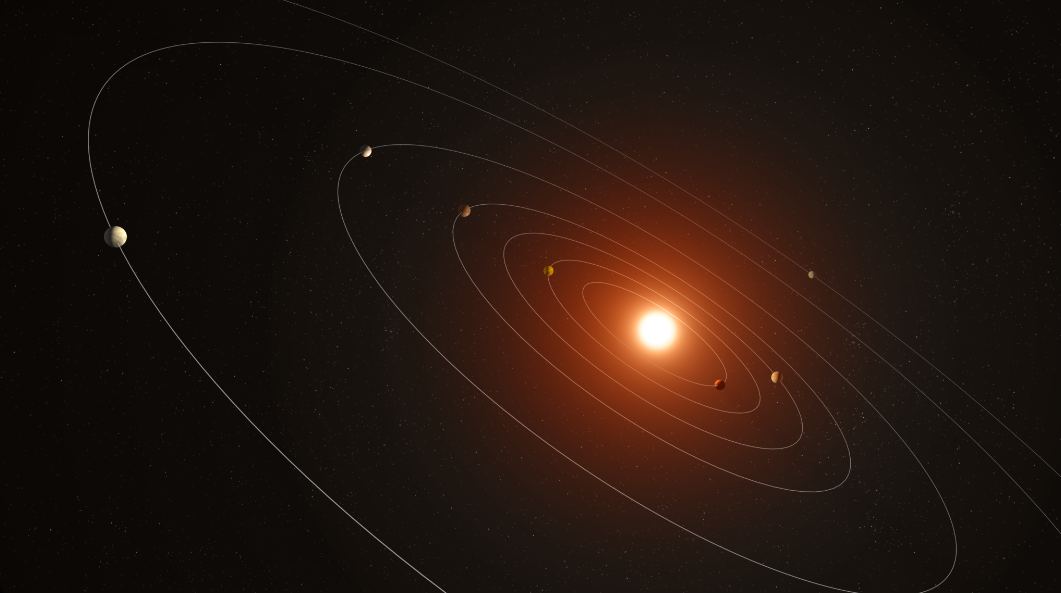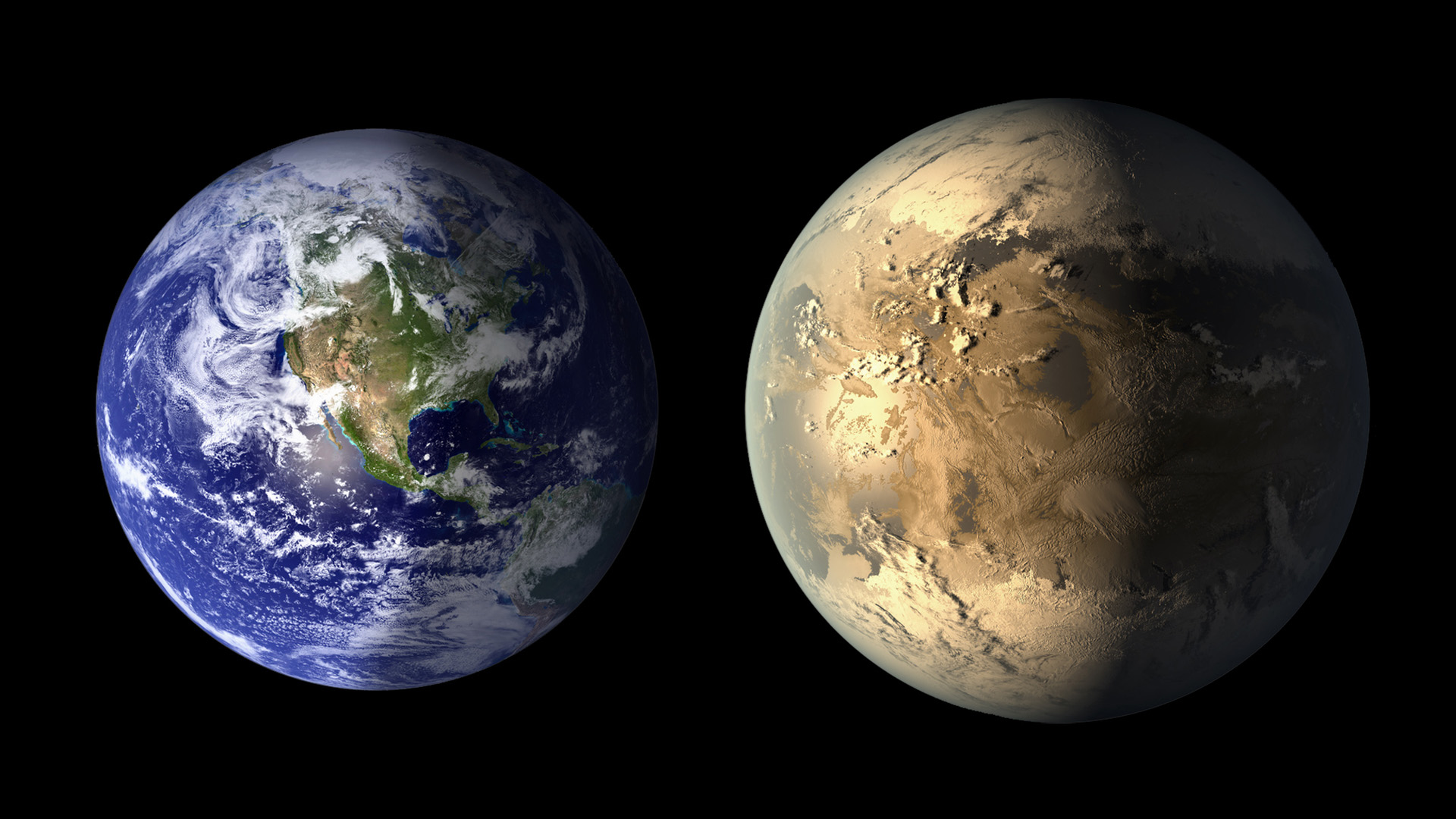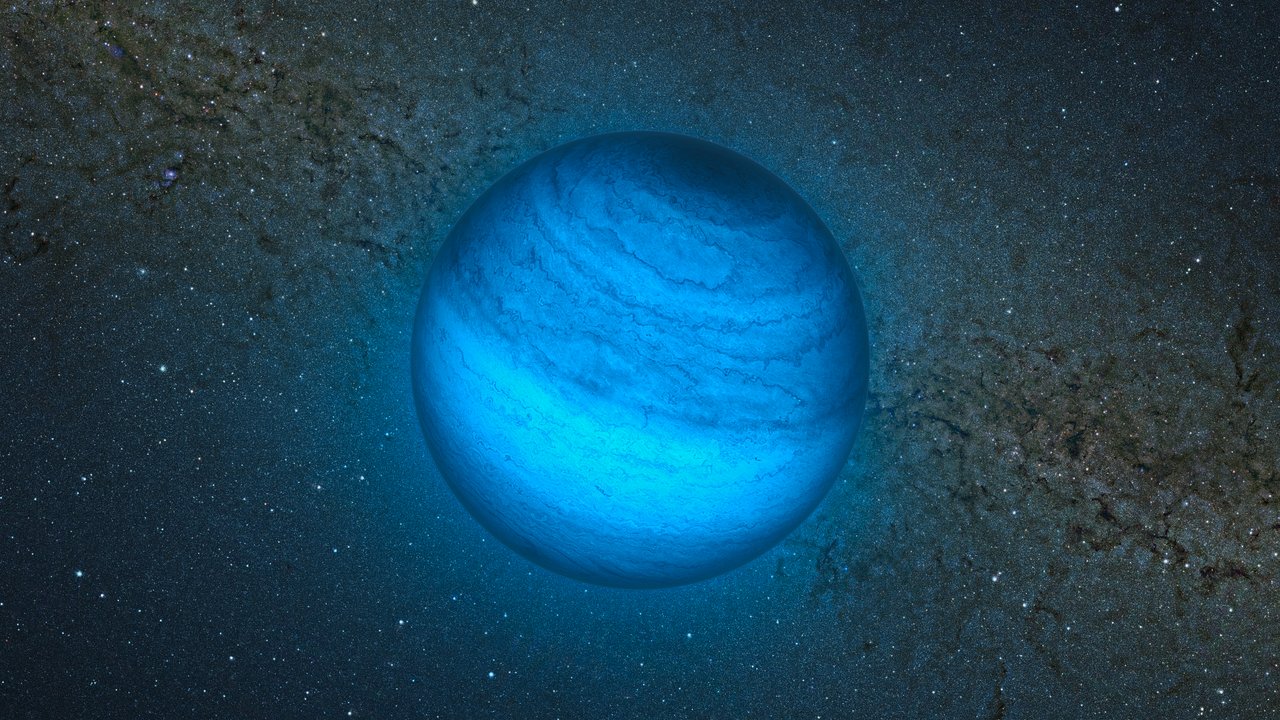We’re inching closer and closer to reliably detecting biosignatures on distant planets. Much of the focus is on determining which chemicals indicate life’s presence.
But life can also create free energy in a system, and excess energy can create chemical disequilibrium. That’s what happened on Earth when life got going. Could chemical disequilibrium be a biosignature?
Continue reading “Life Might Be Easiest to Find on Planets that Match an Earlier Earth”









